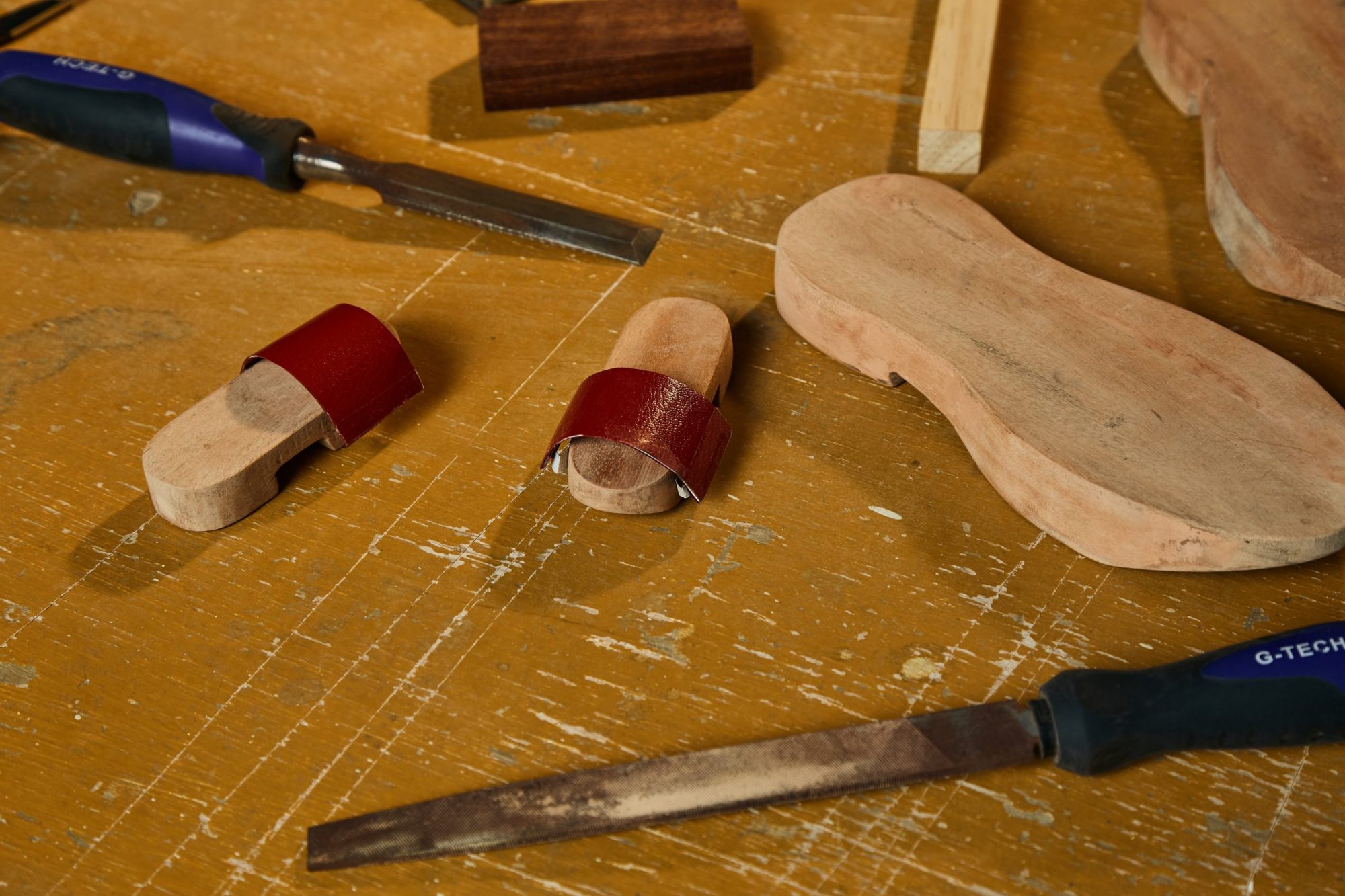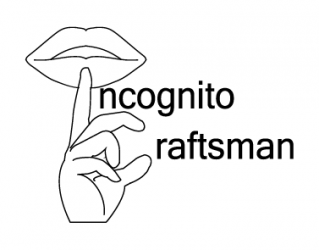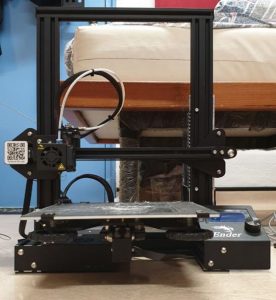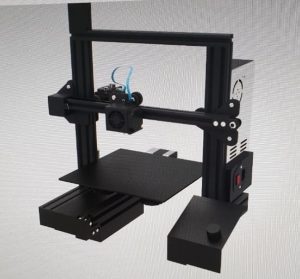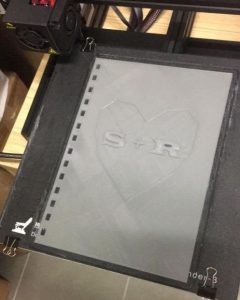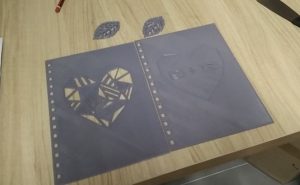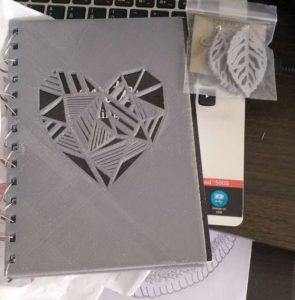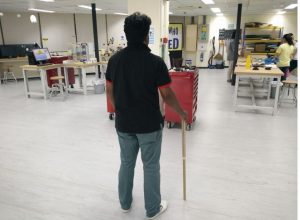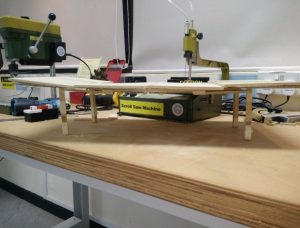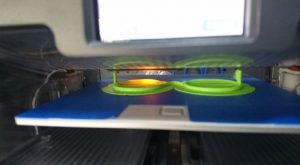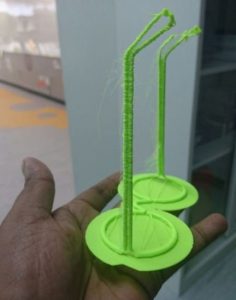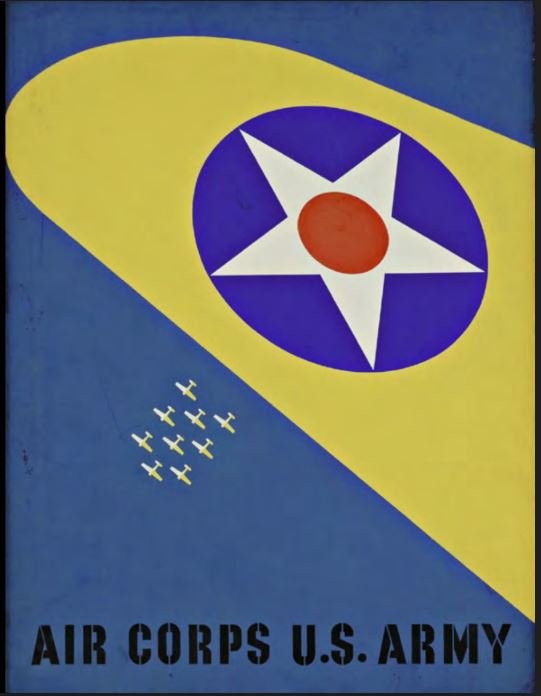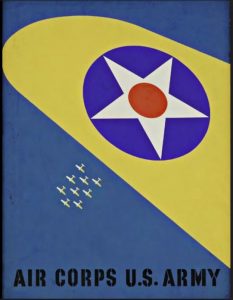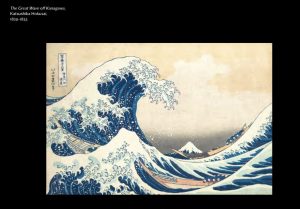Last lesson on the whole of History of Design, last lesson on visual communication history. Graphic design so far reflection. Personally I felt that this chapters paves the current designs that we are all witnessing right now in today’s perspective.
In no particular order, I will be pointing out some of the interesting designs that I want to talk about.
Firstly, George Lois Esquire cover on Richard Nixon. During class, we were told by Desmond that Richard Nixon, did not win his first president election as he was deemed to look “evil” by the american citizens. During his second election, George Lois actually made use of graphic design to create a sleek message to infer a message that stated “this time he’d better look right!” with Nixon face being applied with make up as an inference that if he has the bravery to fight in the election the second time, he must have done something with his face to look less evil in order to garner votes. This humorous piece of artwork shows the genuine and creativity of Photoshop in the early days
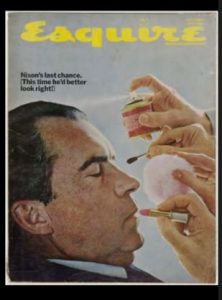
Pang, D. 2019. Esquire covers, George Lois. Graphic Design So Far. Retrieved from https://drive.google.com/file/d/1df5gvzuoT_upgN67lyTWITMTQvSkMxAM/view
Next, MTV logo. Graphic design has came a long way from what we had known for since the first lesson as symbols into logos. Here, for the MTV logo, I personally like how the designers, Pat Gorman and Frank Olinsky actually create the negative space design, using patterns within space and also using line works, which were all what we had learnt from earlier lessons.
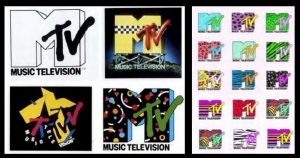
Pang, D. 2019. MTV logo, Pat Gorman & Frank Olinsk of Manhattan Design. Graphic Design So Far. Retrieved from https://drive.google.com/file/d/1df5gvzuoT_upgN67lyTWITMTQvSkMxAM/view
What I have garnered so far from this four weeks of lecture is that the idea of today’s graphic design is are largely derived from past components and theories, as the title suggest, Graphic Design So Far… we wont be sure of what is the next movement that will arise and change the graphic scene, since we are all so comfortable with what our fore fathers had created for us. But nevertheless, I will be looking forward to see the next wave of design and what is the new style of movement.
